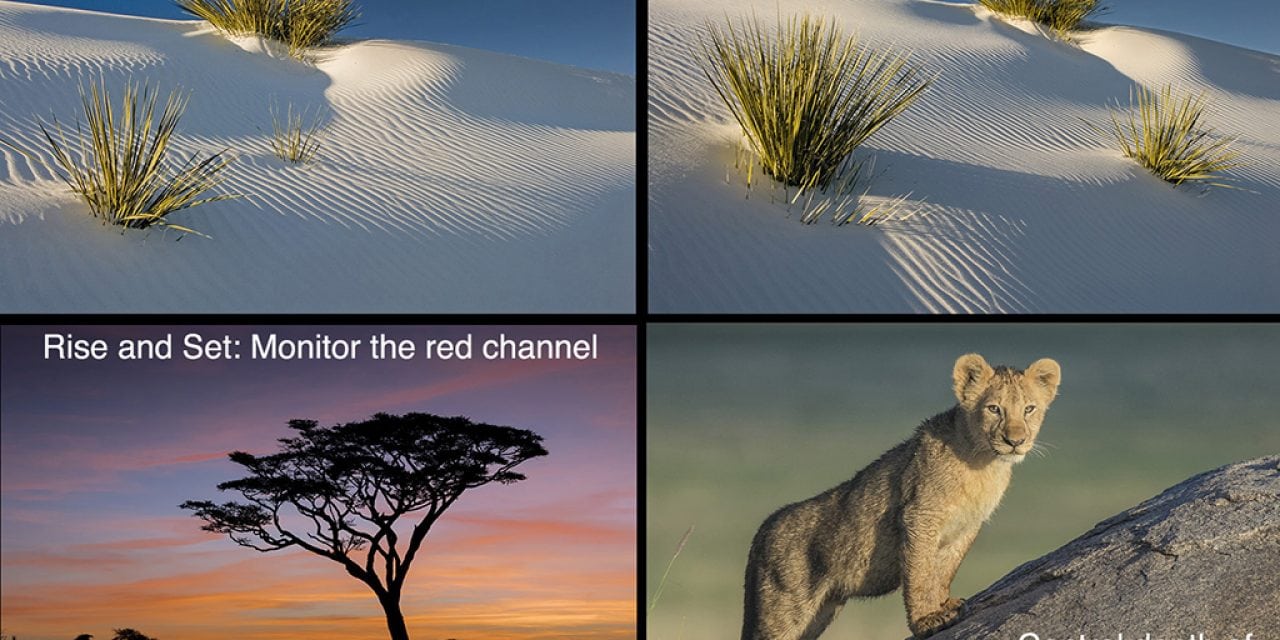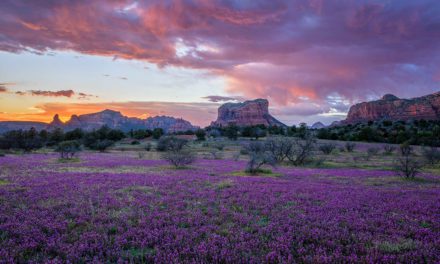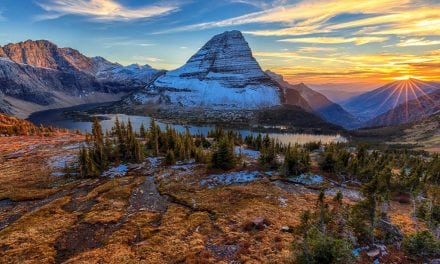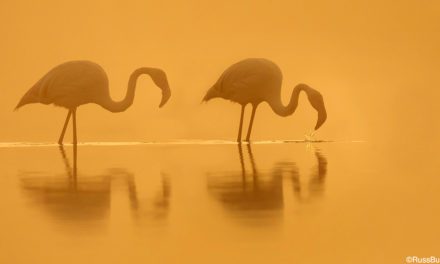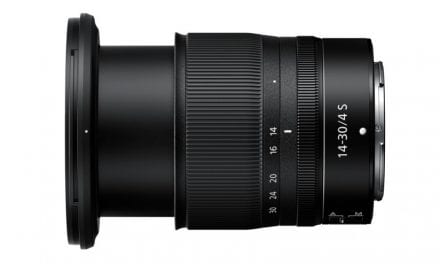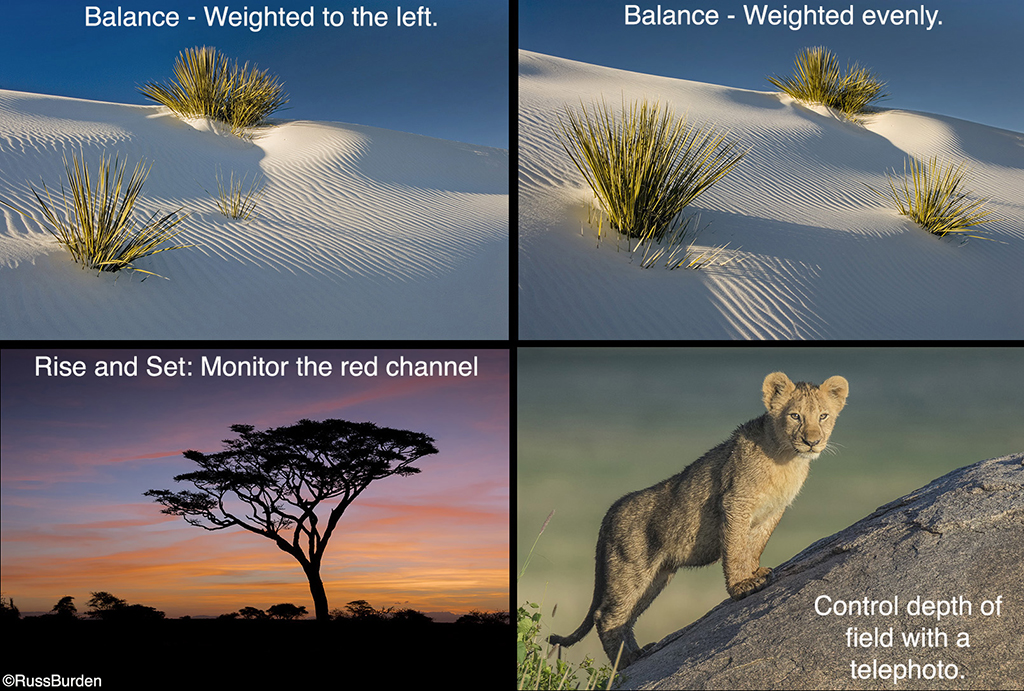
We all strive to improve our image-making techniques. Even the most seasoned veteran thinks about the many facets that determine a successful image before pressing the shutter. If it’s your profession, the bills demand this. If you’re an avid camera club shooter, you endeavor to attain a blue ribbon. If you’re on a once-a-year vacation, you aspire to return with the best possible images. If you just picked up a camera for the first time, you thirst to look at the computer and relish what you see. Take with you the information included in this week’s Tip of the Week to come home with B.E.T.T.E.R. P.I.C.S.
B = Balance — To create balance in your photos, place important elements to the sides, top and bottom are evenly weighted. The composition should be visually stable. Think of a balance scale. If one side contains more weight, it will fall to that side. If that occurs in a photo, the viewer’s eye is drawn to the heavy side and not to the other. This leaves them wondering why the lighter side exists.
E = Exposure — Use your histogram to evaluate proper exposure, not what the image looks like on the LCD. A digital image is composed of ones and zeros, and the histogram shows the math. What looks correct on the LCD may not be the best exposure. Trust the histogram—it doesn’t lie.
T = Texture — Texture relates to exposure in that if the image is overexposed, delicate textures lose detail. Clouds are a great example, especially when storm clouds exist or delicate reds, yellows and oranges appear at sunrise and sunset. To maintain texture, check your red channel for sunrise and sunset images and your histogram if a wide range of textures exists in storm clouds.

T = Telephoto — A telephoto lens is used to make far-away objects appear closer—that’s obvious. What’s not as obvious is their ability to narrow depth of field. The longer the lens, the less depth of field. To help throw a background out of focus, use a longer lens and open the aperture to its widest setting. When a subject stands out from the background, it commands more attention. One of my slogans is, “The Background is Equally As Important as the Subject.” Use a telephoto to help narrow depth of field.
E = Evaluate — Another one of my pet slogans is “Edit Before Pressing the Shutter.” The “E” in this case refers to “evaluate”—evaluate the background and light before pressing the shutter. If the background is busy, no number of shutter releases changes it. If the light is flat and ugly, no number of shutter releases changes it. If the light and background are poor, evaluate the situation and edit before pressing the shutter. Move on or wait for another day.
R = Resolution — Resolution is critical. If the photo isn’t sharp, it’s a throwaway. It’s nice that today’s cameras can be used with higher ISOs, but I’ve seen this work against aspiring professionals. Some think they can handhold the camera and still get a sharp shot. A) while this may be true, the file contains more noise—a negative. B) What if that one-in-a-million shot is the one where the camera moved? Use a tripod to obtain the most resolution, especially when using a long lens. Yes, yes, yes!
P = Polarizer — A polarizer is one filter that can’t be replicated with software. What it does to saturate a blue sky is magical. Work 90 degrees to the sun for maximum polarization. More importantly than what a polarizer does for a blue sky is what it does to remove glare. Glare robs color of its saturation. Spin the polarizer and the glare is removed. When you photograph wet surfaces and shiny objects, use a polarizer to restore color. Yes, yes, yes!
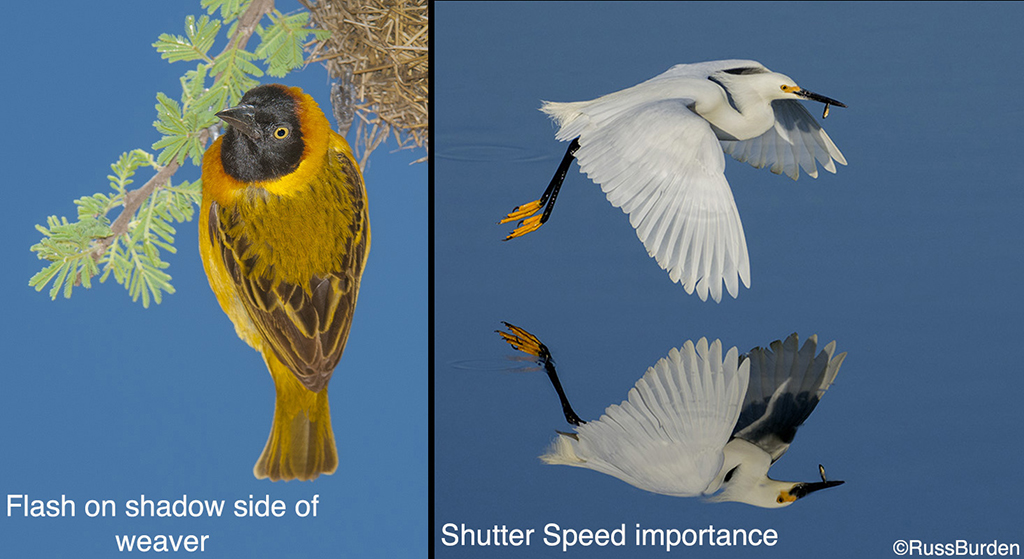
I = ISO — Use ISO strategically to obtain the best possible file with the least amount of digital noise. The lower the ISO, the smoother the file. Yes, today’s cameras can be used at higher ISOs, but why lock the ISO to 800 if a cleaner file can be made at ISO 100? The cleaner the file, the more the photo can be cropped or enlarged. Both of these aspects are huge benefits.
C = Contrast — I make 98 percent of my photos outdoors, and I always carry a flash. A flash, you ask—why do you need a flash if you’re outdoors? Bright sun creates very contrasty light. The greater the contrast, the deeper the shadows. If the shadows are dark, is there a way to brighten them up? Yes, with Flash! Ahh, now I understand why you always carry a flash. Use your flash when the light is contrasty to place light in the dark shadows to reveal detail. A diffuser or reflector can be used, but both are more unwieldy than flash.
S = Shutter Speed — Shutter Speed is important to stop action, produce creative results and create sharp images. If you want to freeze the motion of a moving subject, use a fast shutter speed—raise the ISO and open your aperture to accomplish this. Use a slow shutter speed to produce creative results. Pan the camera, zoom the lens during the exposure or set the camera on a tripod and let the moment be painted on the sensor. Use a low ISO and stop down the lens to use these techniques. If you use a long lens, the faster the shutter speed, the greater the chance of obtaining a sharp photo. The longer the lens, the greater the need for a fast shutter.
Use the above and get out into the field to make B.E.T.T.E.R. P.I.C.S.
Visit www.russburdenphotography.com for information about his nature photography tours and safari to Tanzania.
The post B.E.T.T.E.R. P.I.C.S. appeared first on Outdoor Photographer.

